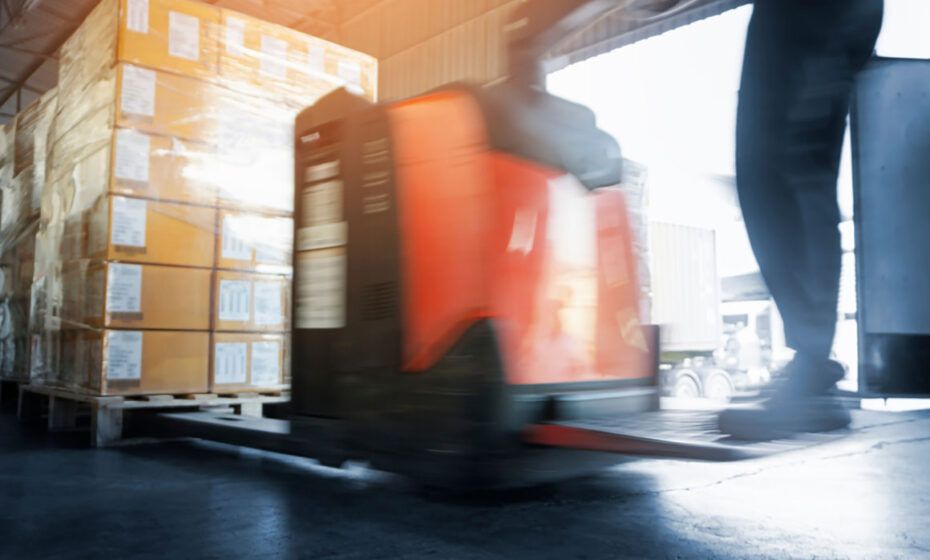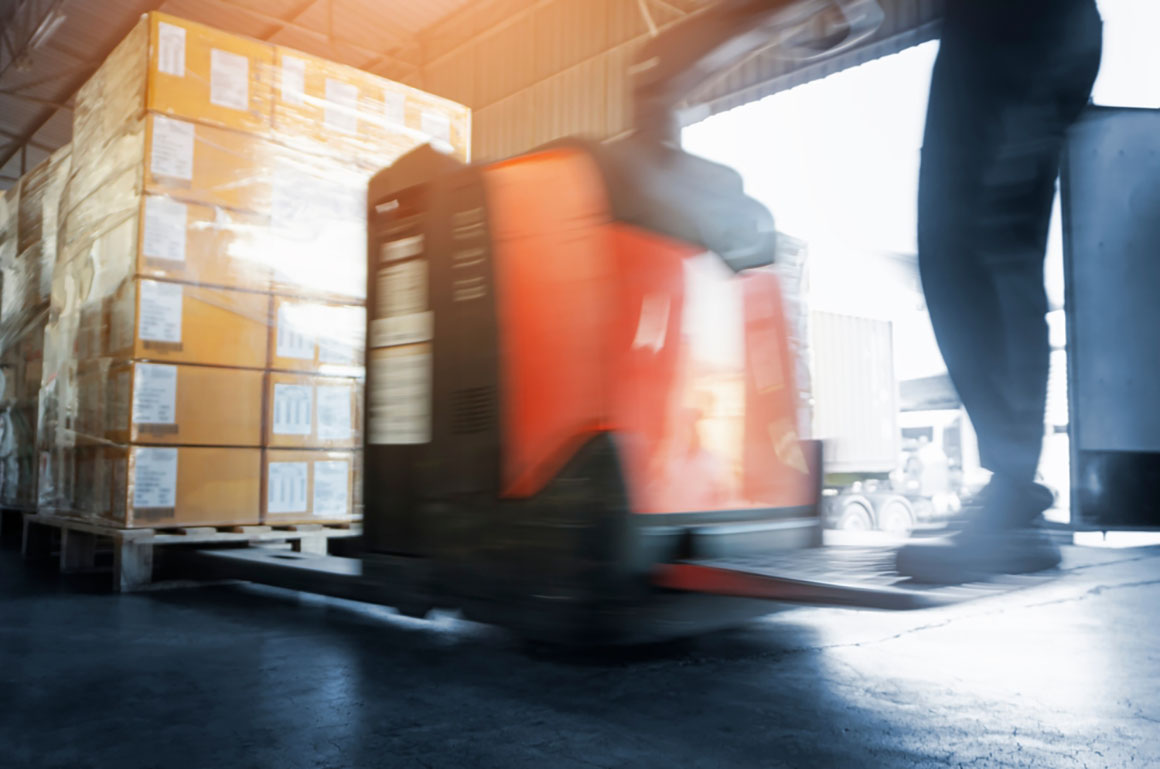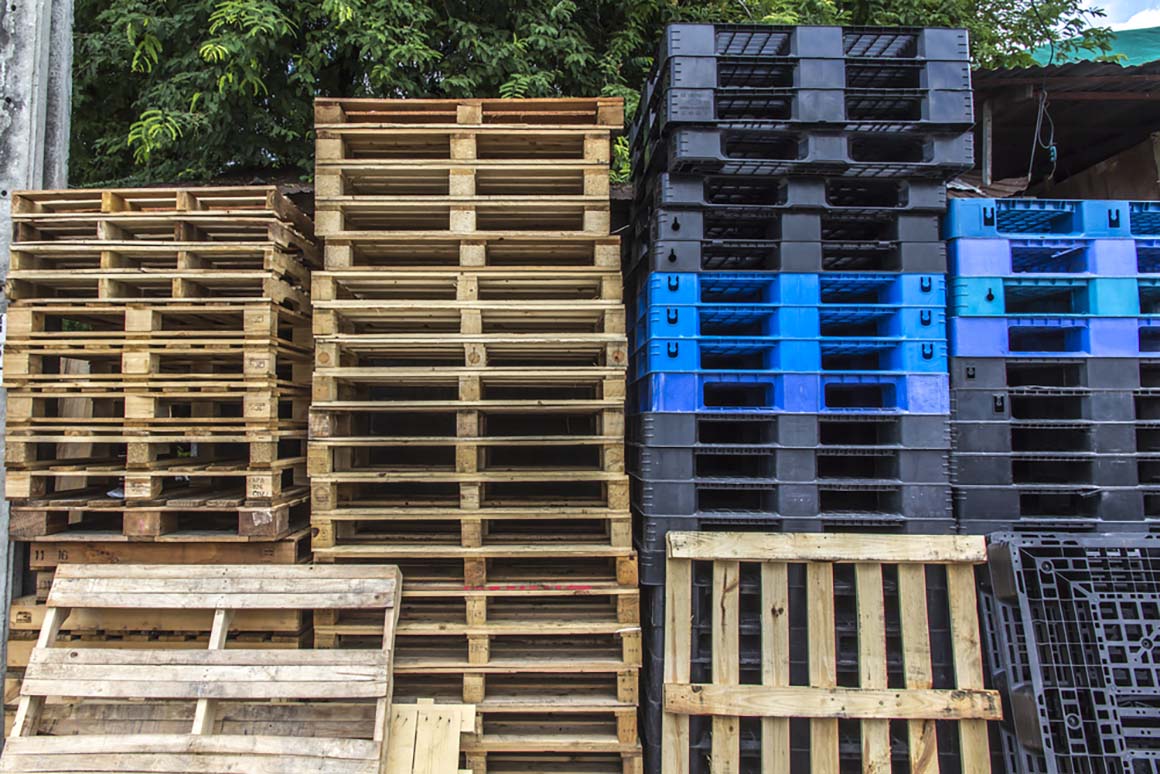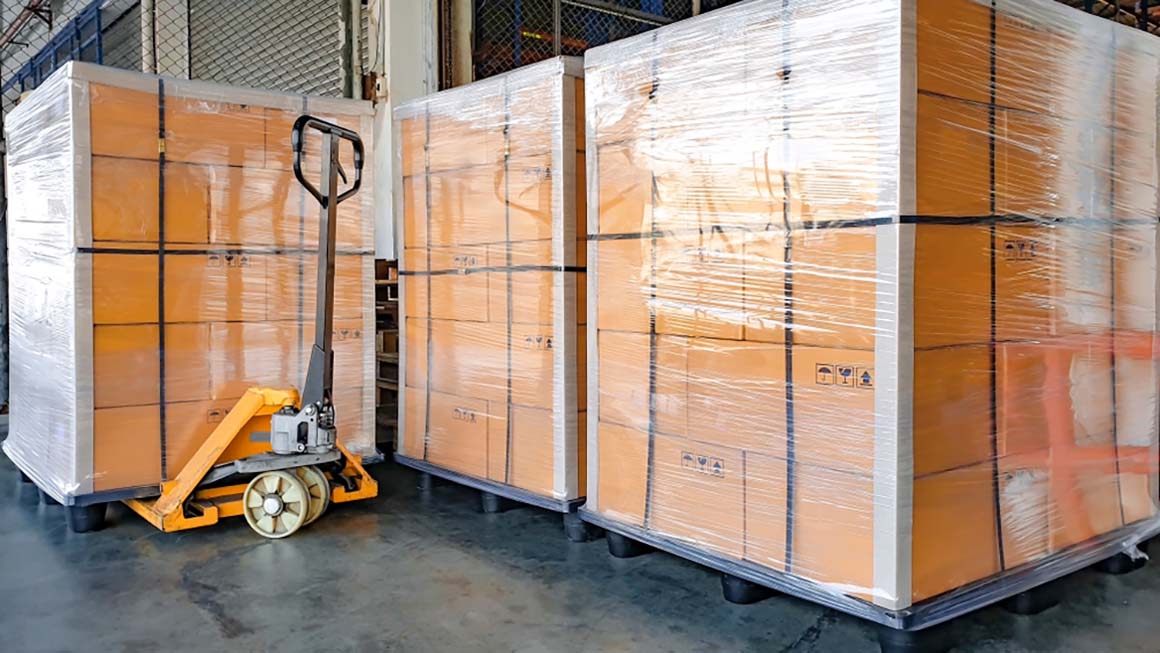Pallets are one of the most common methods utilized across industries to ship items. Shipping via pallet lets you securely keep products together while also eliminating the high costs of shipping items individually.
At Container Exchanger, one of our biggest sellers is the pallet container, which allows you to ship items with a pallet and the additional security of protecting your cargo with rigid walls and a lid if needed. Here are some tips on how to ship a pallet.
Try a Pallet Container for Your Shipping Needs
Source: Siwakorn1933/shutterstock.com
1. Pack by Weight
Assuming that you’re not simply sending the same product over and over again on a single pallet, a big tip we’d recommend is putting the heavy stuff on the bottom and the light stuff on top. If you’ve ever chosen to bag your food items at the grocery store, then you know how essential this step is to protect your items.
2. Wrap Your Goods Securely
Once your pallet is full of goods, we’d encourage you to wrap the block into one secure unit. This will do a few things — firstly, it will help all the individual pallets you’re selling look uniform and add a sense of professionalism to your brand. It will also reduce the potential for damage from weather, spilled moisture and other possible problems that arise during transit. Wrapping your products together will also reduce the likelihood of items falling over during transit.
3. Stabilize Stacks
When you’re stacking products on a pallet, sometimes the towers of goods can get a bit wobbly. This is especially true if you’re making use of glossy cardboard or any packaging that can get a bit slippery. To solve this conundrum, we’d encourage you to put cardboard in between products to give the stack a bit more grip and friction. You can also line the outside of your pallets with cardboard to make the outsides a bit tougher and more insulated during the shipping process.
4. Move Your Products With Efficiency
We also encourage you to make sure your pallets are always following industry standards for measurements and the like so that they can be easily moved around different warehouses. You definitely don’t want your pallets to prove a safety issue to warehouse workers either at your default shipping location or wherever they end up. To help your own workers, you can make use of products like industrial wire baskets, which allow you to move individual products without having to break out the forklift or a lift truck.
Explore Our Inventory of Industrial Wire Baskets
5. Choose the Right Type of Pallet
There are many different types of pallets on the market, and each has its own benefits. However, we’d recommend you stick with the most widely utilized types of pallets on the market — these would be plastic and wood. Kinds like corrugated fiberboard are light and cheap, but that’s just about all they have going for them. The real downside of low-quality pallet types is that they’re more prone to damage from moisture, which can prove disastrous during the transit process. Stick with wood and plastic — while they’re more expensive at first, they can be reused again and again.
Source: Thaisucculents/shutterstock.com
6. Make Use of Bands and Straps
While we touched on stretch wrap earlier when discussing how to secure your pallet, there’s a big component that you shouldn’t forget. Strapping your products to your pallet means interlocking straps to closely secure the products on your pallet and the individual slots on the pallet itself. This is especially helpful when you’re trying to ship a load that’s a little bit smaller than the pallet itself.
Source: Siwakorn1933/shutterstock.com
Get Your Shipping Products From Container Exchanger
Shipping goods can be a stressful process, but as long as you follow these tips, then you’ll have a much easier time At Container Exchanger, we offer a wide variety of shipping solutions so that you can create an efficient warehouse for your production.



